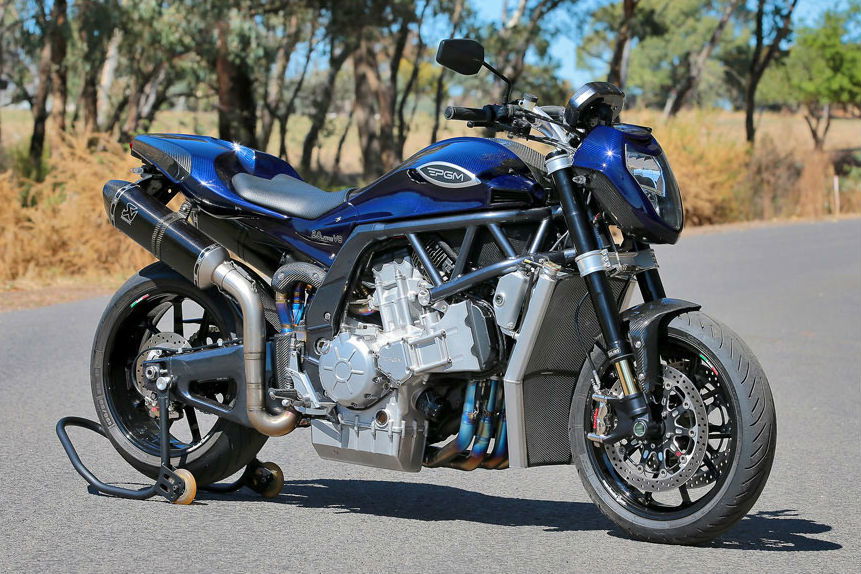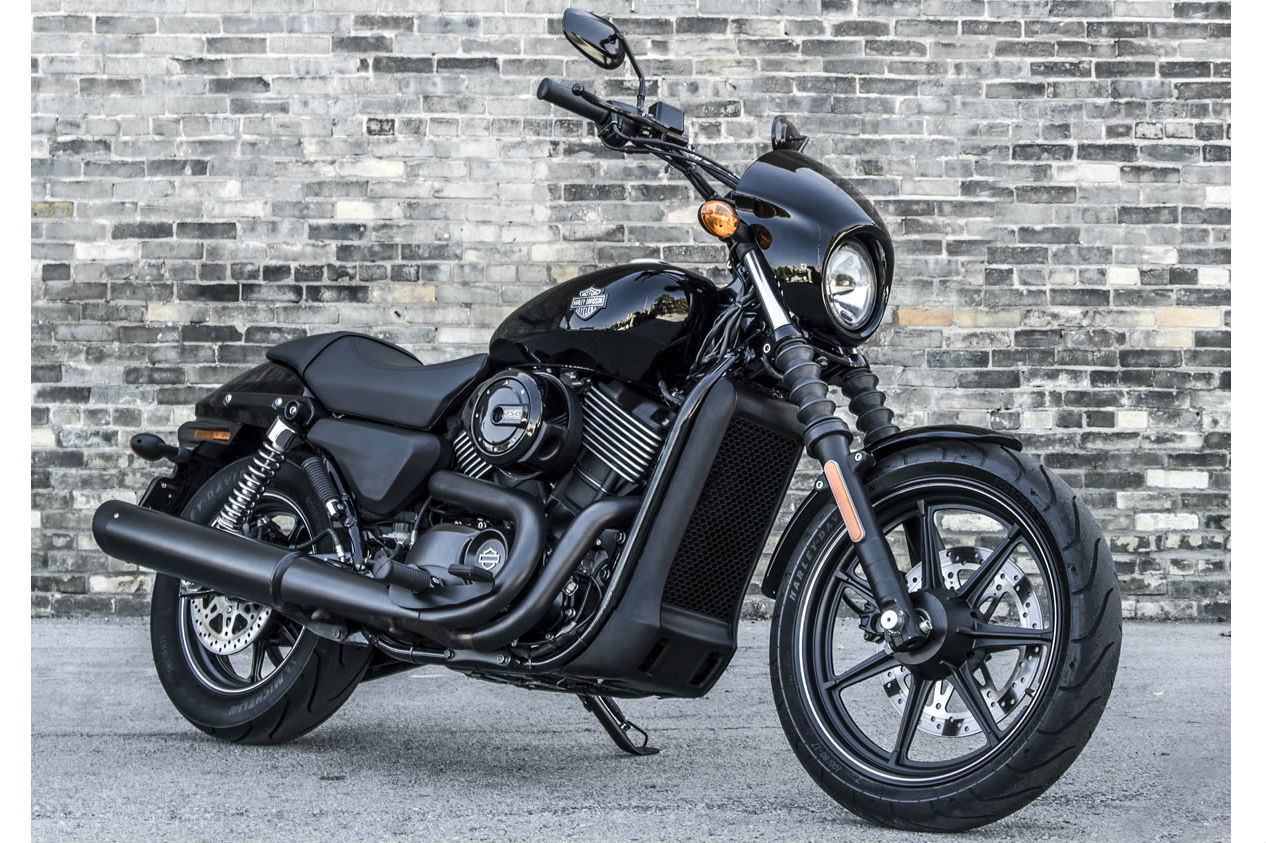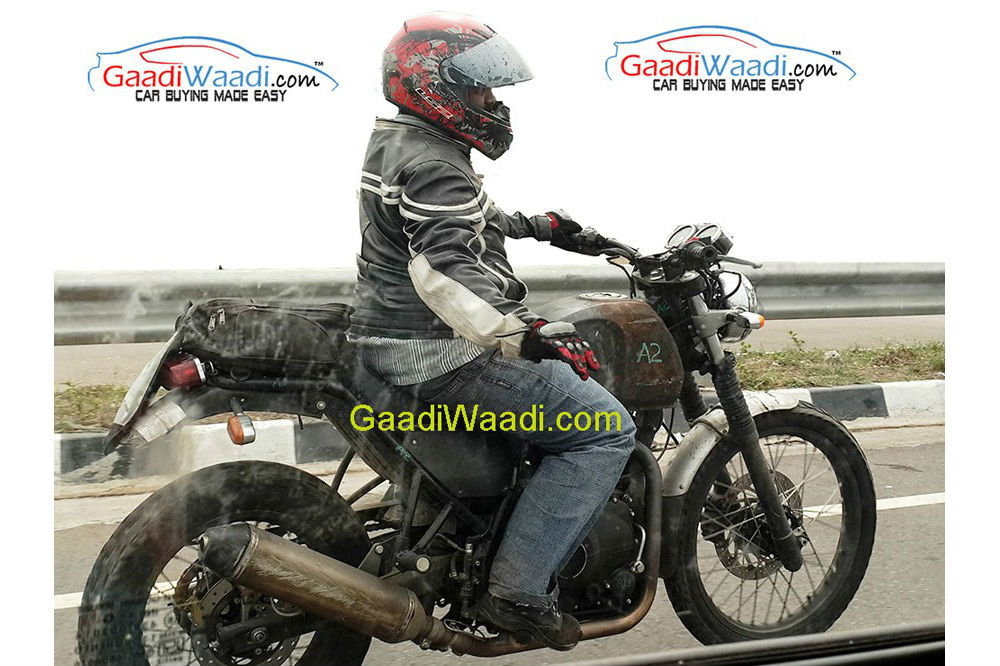Australia’s 334hp V8 superbike
More power than a Ninja H2R: what happens when you fuse two R1 engines together


MAYBE it’s the sunshine or the nation’s legendary love of beer but it seems that Australia has cornered the market when it comes to crazy homebrewed V8 superbikes.
It’s more than 15 years since the appearance of Ian Drysdale’s 750cc and 1000cc V8 machines, built using Yamaha FZR400 and FZR600 components and putting better-publicised, better funded V8 projects of the era (step forward Morbidelli and Norton) to shame. And now another Aussie engineer has come up with an even madder V8, once again using Yamaha bits.
This time, a pair of 2006-2008 Yamaha R1s selflessly gave their lives to create the prototype for new firm PGM, the brainchild of former Loctite Yamaha superbike race engineer Paul Maloney. The use of older R1s isn’t an indication that the project’s been done on the cheap; instead it reflects how long it’s taken to perfect the bike. Work started back in 2008 and the engine was first run in 2009. Then it was just a case of perfecting it and building a bike to wrap around it – which is why we’re in 2015 now and the PGM has just emerged.
The engine uses standard R1 heads and pistons mated to sand-cast aluminium crankcases and a single-piece, flat-plane crankshaft, driving through a six-speed gearbox which is also taken from the R1.
It looks like it’s been worth the effort, though, since the result is a 40-valve, 1996cc, 334hp bike with a purpose-made frame from chrome-moly trellis and CNC machined aluminium. That's more power that Kawasaki track-only supercharged Ninja H2R, which makes 326hp. It also has Ohlins FGX forks and a TTX shock, forged Marchesini wheels and Brembo brakes. Carbon bodywork means that all-in, ready-to-ride, it weighs 242kg, which impressive for a bike with twice the capacity and power of some of toady’s fastest production models.
And speaking of production, that’s the plan for this, too. The price has been set at £115,000 ($180,000), which is certainly a lot. But given the amounts that some wealthy riders are prepared to spend on custom made machines that have far less engineering integrity than this, it doesn’t seem fantastical.
Sketches on PGM’s website seem to hint that a fully-faired version is also in mind, and Maloney also has plans for a 400hp-plus 32-valve model made using more-modern, four-valve R1 cylinder heads.

